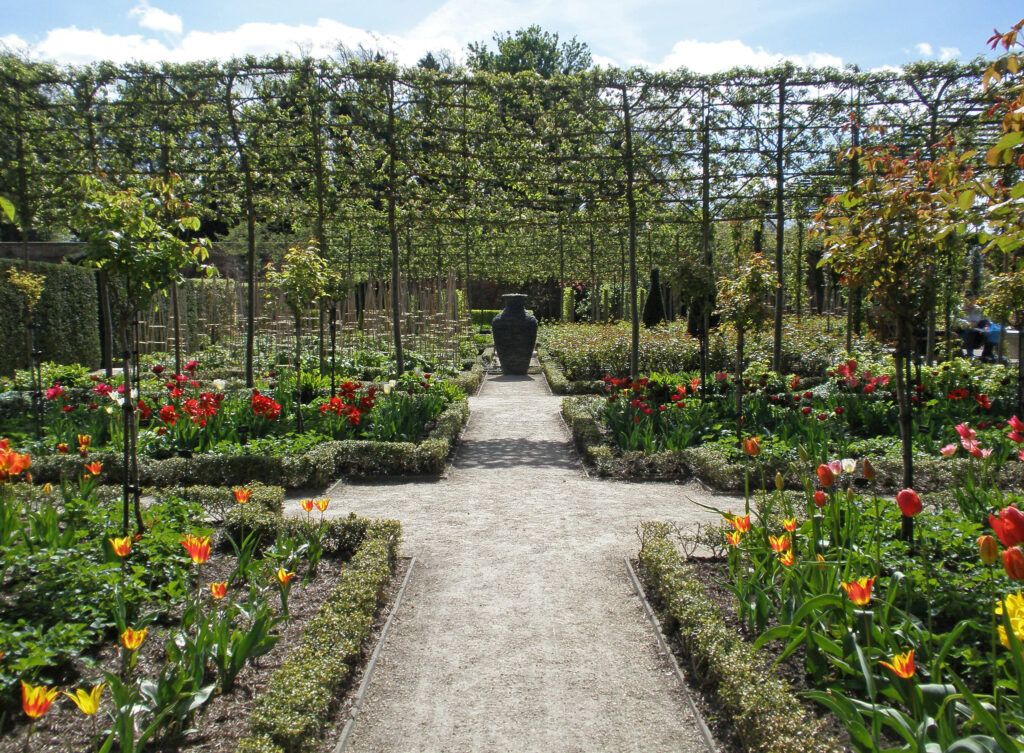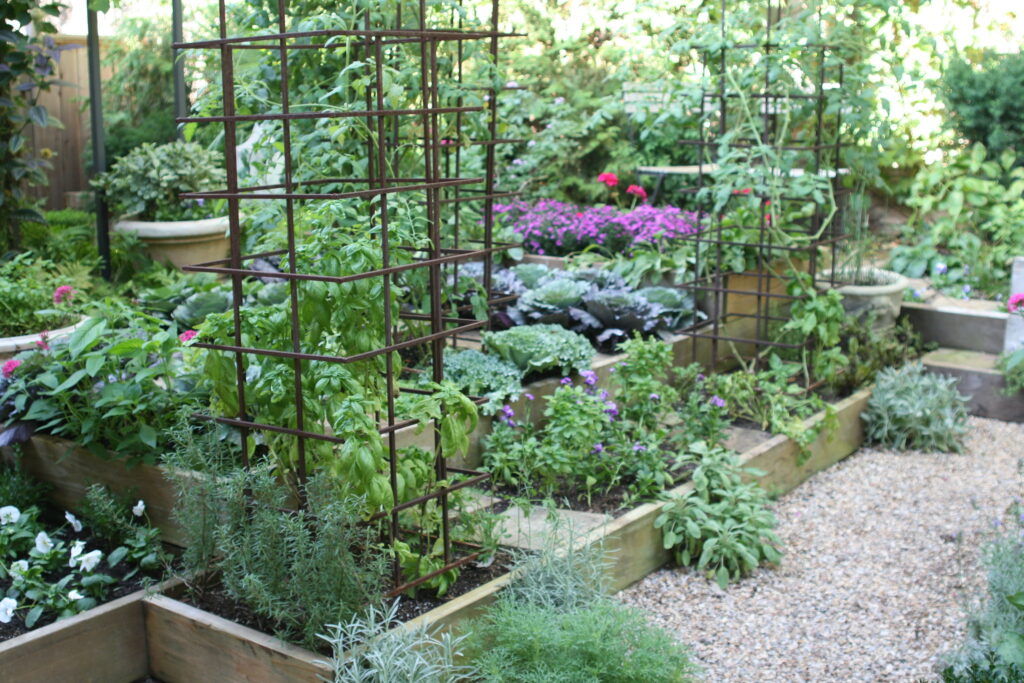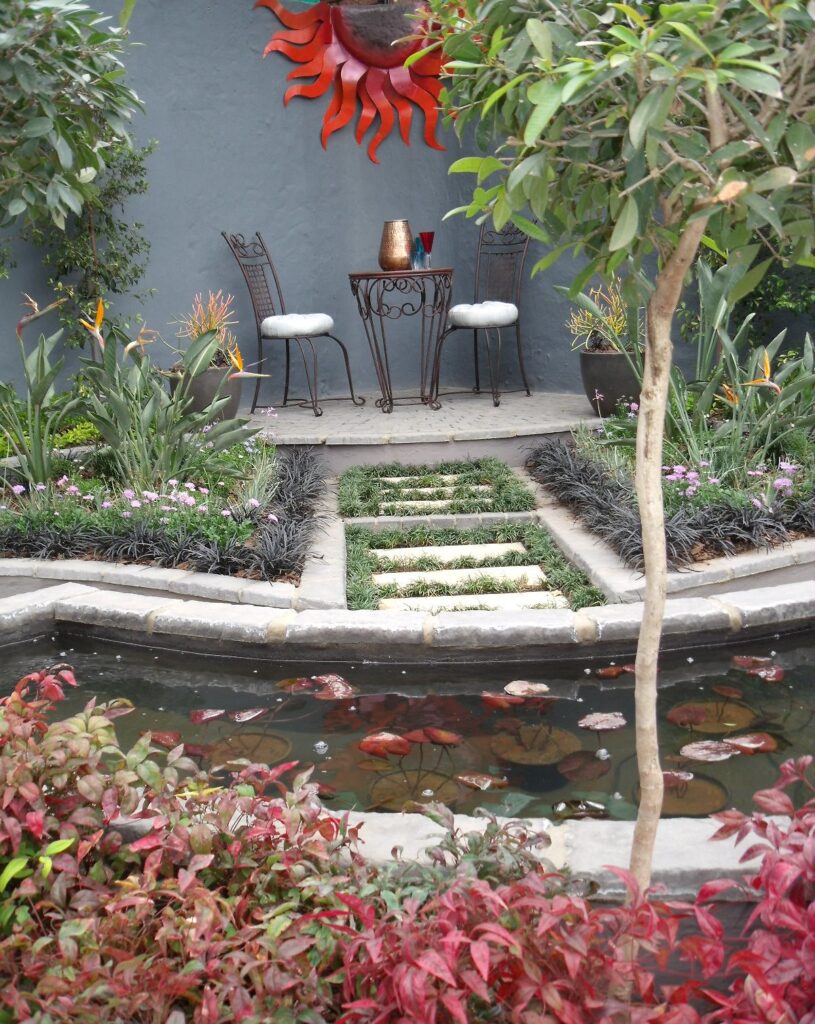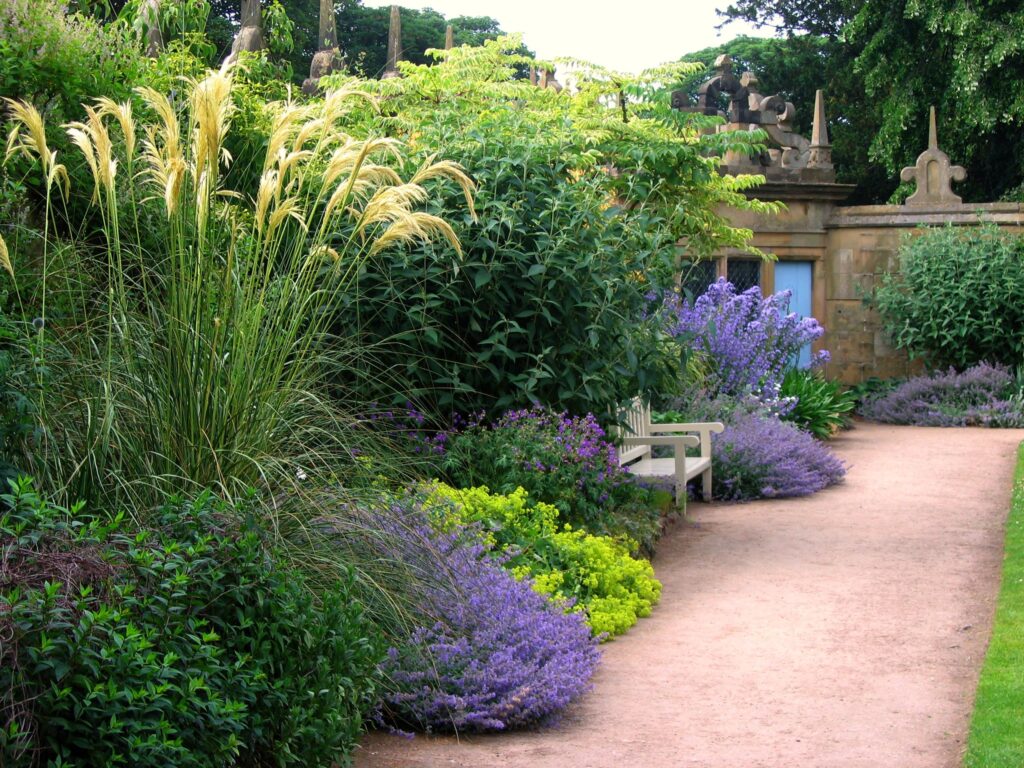Are you looking to transform your outdoor space into a beautiful and serene oasis? Designing your own home garden can be a fulfilling and enjoyable experience, allowing you to create a personalized outdoor haven that reflects your unique style and personality. But where to begin? With so many design elements to consider, it can be overwhelming to know where to start.
In this blog, we’ll share some tips and recommendations for designing your own stunning home garden. From choosing the right plants to creating a focal point and incorporating lighting and water features, we’ll guide you through the key steps to create a garden that you’ll love spending time in. Whether you’re a seasoned gardener or just starting out, these tips will help you create a space that’s not only beautiful, but functional and easy to maintain as well.

Starting to Design Your Home Garden
Choose the right location: Selecting the right location is one of the most important steps in designing a home garden. To start, choose an area that gets enough sunlight. Most plants need at least six hours of direct sunlight per day, so pick a spot that’s not too shaded. Consider the orientation of your garden and make sure it’s facing the right direction to maximize sun exposure. You should also test your soil to ensure it has the right pH balance for the plants you want to grow. If the soil is too acidic or too alkaline, your plants may not thrive. Finally, think about accessibility. If you’re planning to spend a lot of time in your garden, you want to make sure it’s easy to reach and that you have a clear path to get there.
Create a garden layout: Once you’ve chosen the right location, it’s time to think about the layout of your garden. Start by designing your garden in a garden planner. Include the size and shape of your garden. Consider using raised garden beds or dividing your garden into sections based on what you plan to grow. This will make it easier to manage and maintain your garden. You should also think about how you want to access your garden. Do you want to create paths or walkways through your garden? Will you need a gate or fencing to keep out animals or children? Using an online garden planner to thoroughly layout your design will help you prevent making mistakes when you’re actually planting your garden outside.

Plan for different seasons: A great garden is one that blooms all year round, so it’s important to plan for different seasons. Consider planting bulbs that bloom in early spring, followed by annuals in the summer, and then fall-blooming perennials. You can also add evergreen plants that look good all year round. When planning your garden, think about the colors and textures of the plants you want to include. Mixing different colors and textures can create a beautiful and interesting landscape.
Advanced Home Garden Design Considerations
Consider companion planting: Companion planting is the practice of growing different plants together that have a beneficial effect on each other. For example, planting marigolds near your tomato plants can help repel pests like nematodes. Similarly, planting basil near your tomato plants can help improve the flavor of your tomatoes. By understanding which plants complement each other, you can create a healthy and productive garden.
Add vertical elements: Vertical gardening is a great way to maximize your space and grow more plants. Consider using trellises, stakes, or wire cages to support climbing plants like beans, cucumbers, and tomatoes. You can also grow vining plants like grapes or kiwi along a fence or wall. Using vertical elements not only increases your growing space, but it can also add visual interest to your garden.
Add lighting: Outdoor lighting can add a whole new dimension to your garden, making it a magical place to be in the evening. You can use string lights, solar lights, or even install spotlights to highlight key features like trees, shrubs, or statues. Adding lighting not only enhances the aesthetic appeal of your garden, but it can also make it safer to navigate at night.
Create a water feature: A water feature like a fountain, pond, or small stream can bring a sense of tranquility and relaxation to your garden. Water features can also attract birds and other wildlife to your garden, adding to its natural beauty. When planning a water feature, make sure it’s in a location that’s easy to access and that it fits with the overall design of your garden.

Additional Planting Styles
Install raised garden beds: Raised garden beds are a great way to improve soil quality, reduce the risk of soil-borne diseases, and make it easier to manage and maintain your garden. Raised beds are typically made of wood, stone, or concrete blocks and can be built to any size or shape. They’re particularly useful if you have poor soil quality, as you can fill them with nutrient-rich soil that’s perfect for growing healthy plants. Raised beds also allow you to garden at a comfortable height, reducing the strain on your back and knees.

Use containers: If you don’t have enough space for a full garden, containers are a great way to grow plants like herbs, small vegetables, and flowers. Containers come in a variety of sizes, shapes, and materials, including plastic, ceramic, and metal. When choosing containers, make sure they have good drainage holes to prevent water from pooling at the bottom. You should also consider the weight of the container and whether you can move it around as needed.
Choose the right plants: Finally, choosing the right plants is crucial for designing a successful home garden. Consider the climate in your area and choose plants that are well-suited for your region. You should also think about the amount of maintenance your plants will require. If you have limited time to devote to your garden, choose low-maintenance plants that don’t require a lot of water or pruning. Consider incorporating native plants, which are adapted to your local environment and require less maintenance. Don’t forget to choose plants that you enjoy, whether for their color, fragrance, or taste. Your garden should reflect your personal style and preferences.

Designing your own home garden can be a fulfilling and rewarding experience that allows you to create a space that’s tailored to your unique style and preferences. Remember to choose the right plants for your climate and maintenance needs and consider incorporating different colors and textures to create visual interest. Adding a focal point, like a statue or tree, can anchor your garden and provide a sense of cohesion. Don’t forget to add lighting and water features to enhance the ambiance and create a calming atmosphere.
By using garden accessories and furniture, you can create comfortable seating areas and add personality to your space. Finally, remember to enjoy the process of designing and maintaining your garden with a garden planner. Gardening is not only a great way to beautify your outdoor space, but it’s also a relaxing and rewarding hobby that can provide countless hours of enjoyment.
So get out there and start designing your dream garden! With these tips in mind, you’ll be well on your way to creating a stunning and personalized outdoor space that you’ll cherish for years to come.

Contact Author
 info@gardensavvy.com
info@gardensavvy.com
Recent Posts
- Selective Weed Control: What Kills Weeds But Not Plants in Your Vegetable Garden
- Sustainable Gardening: How to Create a Compost System That Works
- Heirloom Cherry Tomatoes: Cultivation Secrets for the Juiciest Tomatoes
- Fighting Frost: Practical Tips for Using Frost Blankets Effectively
- Finding the Best Local Tomato Plants










